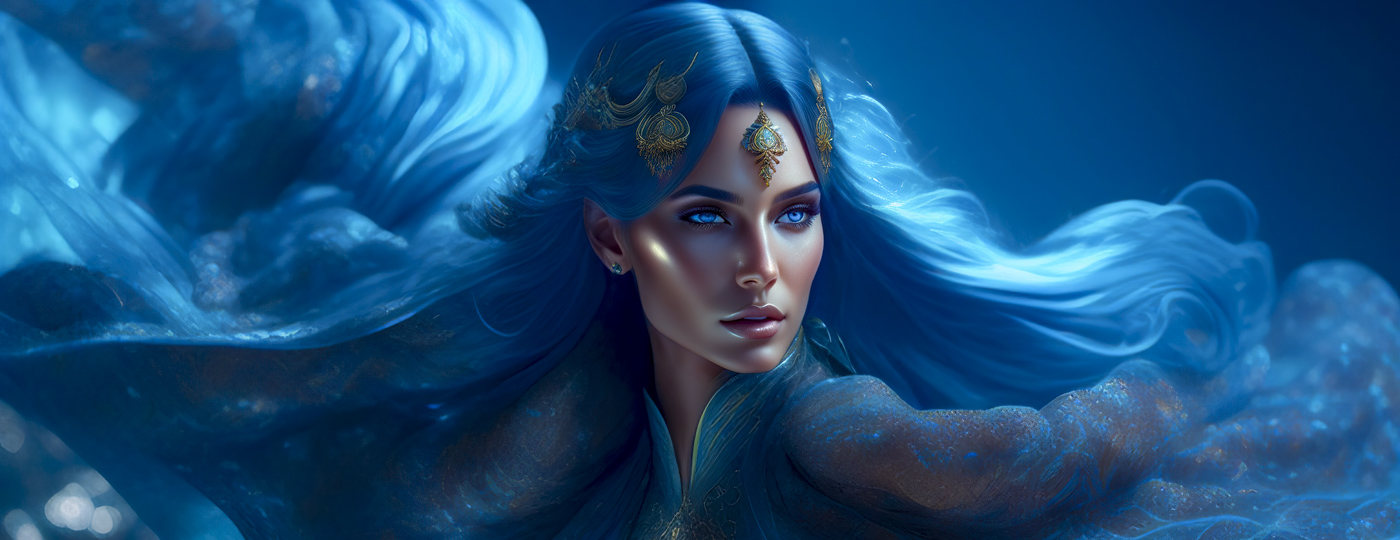
Front Page |
AI Art |
Gallery |
Contact |
Prompt Builder |
Prompt Gallery |
|
|
ToolsHere are two free tools that can help you build a prompt, and view a gallery of prompts. Both are single page HTML files that anyone can download, modify and open locally in their web-browser. Both tools can be used online, directly from this page.
Prompt BuilderOpen Prompt Builder See screenshot. Prompt Builder allows you to select words from various combo-boxes, and places them automatically in a text-box where you can build a text prompt. This prompt can then be used with any AI art generator. Prompt Builder is mainly meant to help build the visual style of an image, less so its composition. When an artist is selected from the "Artist Style" combo-box, a link appears in the top-left corner of the page, link that leads to the artist's website. This tool was specifically designed for Midjourney, but should generally work for other AI art generators.
Prompt GalleryOpen Prompt Gallery Screenshots: Midjourney gallery, Midjourney preview, Lexica gallery, Lexica preview. Prompt Gallery allows you to open a local folder with images, and displays them as an image gallery. The user must select a folder from where to load the images (and prompts). All the images from all the subfolders (of the selected folder) are shown in the gallery. Each image file can have next to it, in the same folder, a text prompt file, which, if it exists, will be displayed when you hover the mouse over the image (in the gallery). If you want to add comments in the prompt file, after the actual text prompt add "///" and then any comments you want. Filtering, in the gallery, by file path and prompt content is available. To maximize performance, each image can have an associated thumbnail file with the same name but which ends with " - wxh [width]x[height]", but before the file extension, where "width" and "height" are the size of the thumbnail image, not of the original image. The thumbnail files can be anywhere in the gallery folder, whether in a separate thumbnail folder or next to each image from the gallery. Such thumbnails are displayed instead of the full image in order to drastically improve the performance. Thumbnails can be made automatically with a tool like IrfanView (external source), tool that can batch convert and rename image files. It doesn't matter if the structure of subfolders is preserve or not. Files names (excluding the file path) should be and are normally unique because they contain a unique job identifier; images whose thumbnail files have the same name will have the same thumbnail in the gallery. It's recommended to do the conversion in a separate export folder which is then moved in the gallery folder. You should not generate thumbnails for the previously generated thumbnails. For IrfanView, follow the steps from this batch resize window. Loading a gallery optimized like this, with over 3'600 images, on an old computer, is done in about than 4.5 seconds (= time to display the first image), uses about 450 MB of RAM, and scrolling and filtering are performed virtually instantly. Gallery details:
FilteringCard filtering is performed every time a key is pressed in the card filter text-box. The card filter accepts a text which contains words separated by blank spaces. For a card to be shown, all the filter words (with minimum 2 characters) must be contained in that card's prompt or file path; the order of the words is irrelevant. Each filter word start must be contained in the prompt, but the character before the matching text must not be a letter, so the start of the word must be an exact match. To avoid this requirement, prefix a filter word with a "*". Example: If there is a card whose file name contains "woman" and you filter by the text "man", then that card will not be shown since "woman" contains "man" but the starting points of the words don't align. However, if you filter by the text "*man", then the card will be shown since the starting points of the words don't have to be aligned. If a word starts with "-" and the word is found in the prompt of a card, then it's considered that the card isn't a match. If the filter text starts with "$", then the card filtering is cleared (and all cards are shown) and the first card which matches the filter is located and brought into view (aligned at the bottom of the window). To start the gallery with a filter already applied, add the "filter" parameter to the URL that opens the gallery; the value of the parameter has to be the filter text. For example "https://voidsculptor.art/ai/promptgallery.htm?filter=lady%20maze" opens the gallery with the "lady maze" filter already applied; note that the blank space is encoded with "%20".
Gallery ShowcasePrompt Gallery can be used to display your own gallery, on your own website. For this, you have to download it and edit the "Demo gallery" section. You can make any changes you want. Make sure to change the:
All images should be saved in JPG format, else you have to change the "DemoGalleryFileExtension" file extension. All thumbnail files have to be named as specified above: with the same file name as the full-sized images, plus " - wxh [width]x[height]" at the end (before the file extension).
|
|